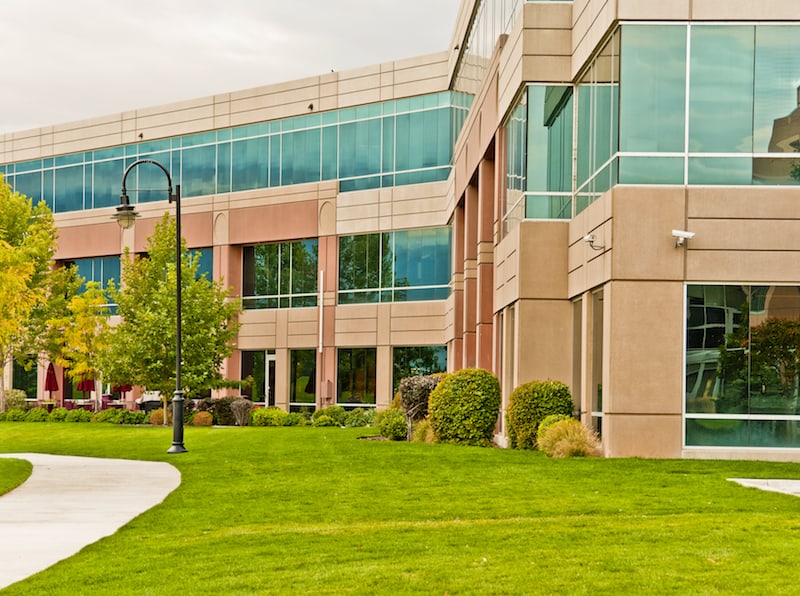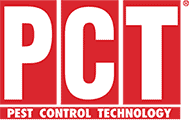Did you know forty-five percent of rodent issues take place during the fall and winter? This should raise a red warning flag to facility and property managers to make sure their rodent and pest exclusion efforts are up to the job.
Colder weather can deplete a pest’s traditional food sources and commercial structures – especially food processing, distribution or warehousing facilities – become attractive locations, especially for rodents, searching for new food sources and a warmer place to wait out the winter.
It’s far easier to prevent a pest or rodent infestation than to eliminate it after it has been established in your facility. This means instituting a consistently applied pest exclusion program that starts with a thorough inspection of your facility both inside and out.
The goal of the inspection is to identify structural (cracks in the foundation, missing vent screens, missing door sweeps and weather stripping) or operational deficiencies (poor sanitation practices, failure to inspect incoming shipments) that create conditions conducive for pests to gain access to your facility.
What areas of your facility should be included on the inspection? The following exclusion inspection “road map” from Rottler Pest Solutions can help facility and property managers, and their maintenance/ engineering staff deliver an effective exclusion program:
Exterior Areas:
- Foundation Areas
- Roof/Roofing Materials
- Ventilation and Utility Openings/Chimneys
- Exterior Landscape
- Eaves/Soffits
- Exterior Doors/Windows
- Loading Docks
Interior Areas:
- Supply rooms and furnace rooms
- Employee locker rooms, break rooms and cafeterias
- Inside machinery (motor compartments are a favorite)
- Warehouse/storage areas, especially areas where raw food ingredients are stored
- Carts on which food is transported within the facility
The findings of the inspection will help determine what corrective actions needed to be taken to maintain a secure “pest shield” around your facility. And in this new era of increased scrutiny from third-party auditors and government inspectors, Rottler recommends corrective actions be documented and placed in the facility’s pest management file so it can be easily shared with auditors and inspectors.
Pest & Rodent Exclusion Checklist:
- Walk around the entire foundation of your facility and check for cracks, gaps or holes. Holes as small as ¼ inch can be a potential entryway for mice or other pests. If you find cracks, gaps or holes, fill them with the appropriate materials.
- Don’t ignore weep holes – the small opening that allows water to drain from within an assembly. A weep hole can have a crack or gap inside of it that may not be visible to you from the outside but that a foraging insect may find. Fill weep holes with an appropriate material but still allow it to vent air and release moisture.
- Check around doors, door frames, and loading dock doors to ensure that there is a tight seal. Damaged, gnawed, worn, or missing door sweeps are one of the most common entry points for rodents and other pests.
- Inspect windows, screens and window frames and repair any damage. Don’t forget the windows located below ground level in window wells. Even if your wells are covered, the slightest gap will allow pests to crawl in and get access to your facility.
- Check openings where plumbing, gas and electric or cable wiring enters your facility as well as exhaust vents. Any gap around the pipes or wires should be filled with material to form a tight and secure closure. And don’t think you only need to check the entry points near the ground. Most rodents have no difficulty scaling siding, wires, or branches to get to openings above the ground.
- Inspect the roof line for any gaps. Ensure that the shingles, ventilators, chimney and vent screens are all in place and undamaged. Reattach areas that may be pulling away and fill any gaps.
- Install door sweeps. Various models of door sweeps are available and fit most common door sizes and types, and they are easy to install. Make sure to select one made of durable materials that can withstand the punishing environments (i.e. constant closing, forklifts, etc.) that are found in commercial facilities as well as the weather.
Don’t let pests and rodents take over your business. If your business or commercial property is looking for a pest management partner that goes the extra mile to design and deliver comprehensive rodent and pest management programs, call Rottler Pest Solutions at 636-249-1601 for a free quote, consultation or training for your staff.


